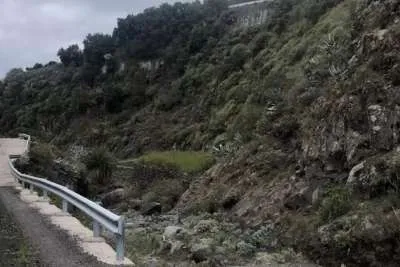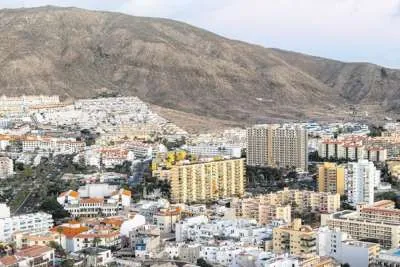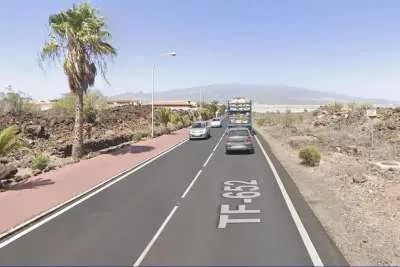Why Digital Solutions are key to Spain’s booming tourism industry
- 25-11-2024
- Business
- Canarian Weekly
- Photo Credit: Freepik
In 2023, Spain received more than 85 million tourists, placing it among the top tourist destinations globally. The country has been attractive for a long time due to its rich cultural heritage, beautiful scenery, and busy cities. However, for the country to continue being successful in the midst of increased competition in the global tourism industry, it must fully adopt digital solutions.
From streamlining operations to enhancing the traveller experience, technology is proving to be a game-changer.
Enhancing Booking Experiences
Convenience rules in the current era of technology. The planning of trips among travellers has changed due to the presence of internet platforms and applications. It is possible for travellers to carry out research of destinations, compare prices and make reservations for accommodations or events within a short period.
In Spain, it is very important to have digital solutions like the ones that show if there are free spaces in hotels, transport or tours. For instance, platforms that provide tailored suggestions based on user preferences help visitors craft personalised itineraries.
Streamlined Payment Systems
A seamless payment experience is vital for both businesses and tourists. Cashless transactions have become increasingly popular, with solutions like payment cashier allowing businesses to accept a wide range of payment methods, from credit cards to digital wallets.
This is especially relevant in tourist-heavy areas like Barcelona, Madrid, and the Canary Islands, where international visitors expect secure and efficient payment options. These systems not only enhance customer satisfaction but also reduce operational inefficiencies for businesses.
Smart Destinations and Digital Guides
Spain is leading the way in adopting "smart destination" technologies. Cities like Valencia and Málaga offer digital guides that provide real-time information about local attractions, transportation, and events. Augmented reality (AR) apps let tourists explore historical landmarks with interactive overlays, enhancing cultural experiences. These tools ensure that visitors can make the most of their stay while reducing the need for printed maps and brochures.
Efficient Resource Management
The management of resources in areas with high demand is also enhanced by digital solutions. To illustrate, there are online reservation systems for well-known monuments such as the Alhambra and Park Güell to prevent overcrowding and ensure that visitors are evenly distributed. It follows that such systems do not only improve the tourism experience but also conserve the historical monuments for the posterity.
Boosting Small Businesses
The tourism sector in Spain is prospering due to the presence of various small and medium-scale enterprises which include boutique hotels and nearby tour operators. With the help of digital tools such as customer relationship management (CRM) software, social media marketing platforms, and online booking systems, these companies can also compete with the big players. Through the use of such technologies, it is possible for small enterprises to draw in many clients, operate more efficiently and increase their profits.
Meeting Sustainability Goals
Tourism is increasingly concerned with sustainability, and the role of digital solutions is vital. Responsible tourism is promoted through travel applications that support eco-friendly activities, minimise paper usage, and monitor carbon emissions. The country is focused on developing sustainable tourism which is seen in its efforts to decrease environment-harming activities that may affect both its cultural and natural heritage.
Summary
In Spain’s rapidly growing tourism industry, digital transformation is more than just a passing craze – it is vitally important. Spain is adopting modern solutions that keep it interesting for visitors who are keen on technology, also they help in maintaining local businesses and culture. With the continuous advancement of technology, there is no doubt that it will greatly determine the future of tourism in Spain.
Other articles that may interest you...
Trending
Most Read Articles
1.
Featured Videos
A Vision of Elvis Tenerife Promo
- 10-05-2025
TEAs 2025 Highlights
- 17-11-2025



























































